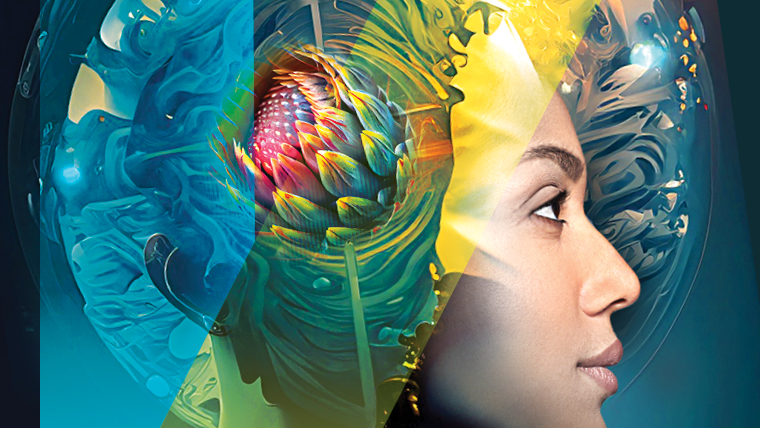Insights for Federal Innovators | V3. 2025
Velocity
Explore how technology is accelerating federal missions
Welcome to Velocity, a Booz Allen magazine that dives into the many ways advanced technologies are accelerating outcomes for federal missions, making them more efficient, productive, and secure—often in unexpected ways.

Raising the Stakes for Accelerated Computing
A conversation with Jensen Huang, founder and CEO of NVIDIA
Featured Stories
Mission Spotlights
Emerging Technologies
1 - 4 of
5
The Final Word

Catalyzing America’s Innovation Power
By Horacio Rozanski, Chairman, Chief Executive Officer, and President
Past Editions
Subscribe
Want more insights from Velocity? Sign up to receive more stories about emerging technologies and the impacts they’re making on missions of national importance.














